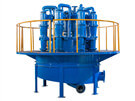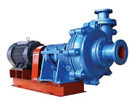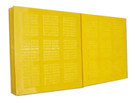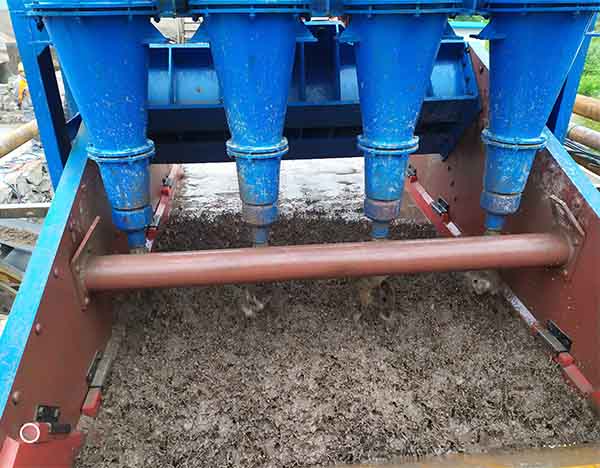Hot Product

- Hydrocyclone Group
Hydrocyclone group is widely used in coal preparation plant...

- Slurry Pump
Slurry pump is mainly used in mining, power plant, dredging, metallurgy...

- Polyurethane Dewatering Screen Panel
In addition to the performance of...
Structural Factors Affecting The Low Efficiency Of Hydrocyclones
Date: 2025-10-27 From: Longding Author: admin
The structural factors that affect the working efficiency of the hydrocyclone mainly include the diameter and height of the column, the size of the feed port, the diameter of the sand settling nozzle, the diameter and depth of the overflow pipe, and the size of the cone angle.

Structural factors affecting the low efficiency of hydrocyclones
1. Column Diameter and Height
The column diameter determines the separation particle size and production capacity of the hydrocyclone. When the ratio of feed pressure, feed opening, overflow port, and cyclone diameter remains constant, the hydrocyclone’s production capacity increases with increasing diameter, and the separation particle size also coarsens.
Column height primarily affects the length of time the slurry is subjected to centrifugal force, which in turn has a certain impact on operating efficiency. Generally, a hydrocyclone column height of 0.6-1.0 times its diameter is appropriate. A higher column height results in a finer separation particle size, but exceeding a certain limit can lead to loss of effectiveness due to increased feed pressure loss.
2. Feed Opening Size
The feed opening size affects the operating efficiency and production capacity of the hydrocyclone. If the feed particle size is coarse and the feed pressure is low, the ratio of the feed opening to the hydrocyclone diameter can be slightly larger, generally 0.16-0.20. If the feed particle size is fine and the feed pressure is high, the ratio of the feed opening to the hydrocyclone diameter is generally maintained at 0.14-0.16.
3. Grit Nozzle Diameter
The appropriate grit nozzle diameter should allow the grit to be discharged in an umbrella-shaped manner, with an angle of 40°-70°. The ratio of the grit nozzle diameter to the overflow pipe diameter is generally 0.4-0.8. Generally, a larger grit nozzle diameter results in a smaller overflow volume and a finer overflow particle size. However, this increases the grit volume, reduces the concentration, and increases the amount of fine particles, but has no significant impact on the treatment capacity.
4. Overflow Pipe Diameter and Depth
The overflow pipe diameter should maintain a certain ratio to the hydrocyclone diameter. The overflow pipe depth should also maintain a ratio of 0.7-0.8 to the hydrocyclone column height. Too deep or too shallow will result in a coarser overflow particle size and an increased fines content in the sediment, thus affecting operating efficiency.
5. Cone Angle
The cone angle has a significant impact on the operating efficiency of the hydrocyclone. A smaller cone angle and a longer cone (greater distance between the overflow and sediment outlets) increase the grading volume, enhancing the grading process within the hydrocyclone and facilitating the separation of fine particles. For fine particle desludging, the cone angle is generally 10°-15°, while for coarse particle classification, the cone angle is generally 20°-45°.
Previous:Does Slurry Viscosity Affect The Classification Effect Of Hydrocyclone?
Next:The Importance Of Sand Gravel Pumps In Mining Production
Leave a Message
Here you can submit any questions and we will get back to you as soon as possible. We will not disclose the information you submit to anyone, please rest assured.


Inquiry